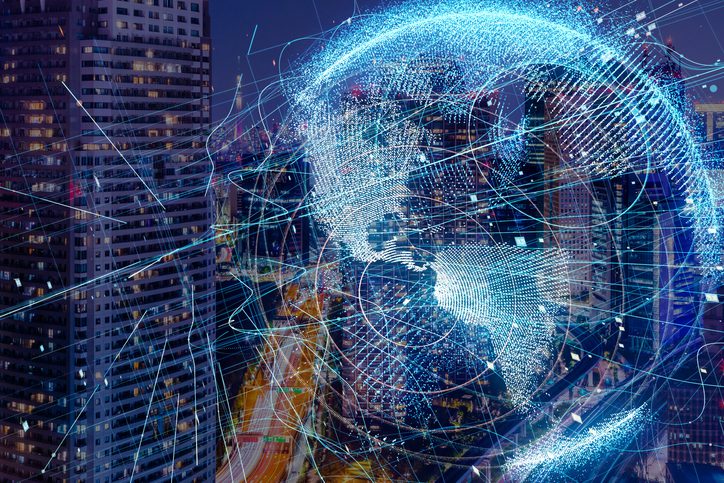Here’s this week’s rundown of the top 5 stories of 5G news about emerging and innovative technologies. To follow the series, check back here every week and look out for #5Gin5 posts from @Facesof5G.
- Faster Contactless Payments with 5G— COVID-19 sparked the need for contactless interactions, creating a new normal. This trend has increased the need for contactless payments, which includes contactless cards, contactless-capable point of sale devices, and growth of mobile wallets. 5G and biometrics will join forces to change consumer check-out experiences through payments by voice, gesture, and other ways, increasing consumer popularity with rapid contactless payments. Read more here.
- What Healthcare Can Gain from 5G— The healthcare sector has been more open to telehealth options as the coronavirus pandemic spreads globally. 5G will allow doctors to remotely monitor patients, simulate the use of artificial intelligence, and optimize workflow. Ravi Ramaswamy, Senior Director at Philips Innovation Campus explains “both AI and robotic surgery call for availability of significantly large volumes of huge data sets as also its real-time processing. 5G combined with cloud computing will play a significant role in this area”. Read more here.
- A New 5G Coalition Comes to Town— Major U.S. technology and telecommunications companies partnered to launch a new coalition aimed at lawmakers to support software-based alternatives for 5G infrastructure. The Open RAN Coalition says that the government should incentivize open and interoperable networks that allow more vendors to provide necessary equipment. Verizon, Google, and Facebook are among the founding members of the coalition. Read more here.
- Company Leveraging 5G to Evolve New Wave of Tech— Austin-based National Instruments is known for test and measurement hardware and software systems that can be used in numerous industries and applications, but they plan to utilize 5G to create new innovative technology. “While we’ve grown significantly since we were first founded over 40 years ago, we continue to advance our hardware and software tools to make engineers ever more productive as they tackle the big challenges of our modern world,” explains Jeff Kodosky, co-founder of National Instruments.
- 5G Improving Everyday Life— 5G is set to bring an array of new tech opportunities, but it will also extend to other areas of life. Video gaming, home security, and teleworking are areas where 5G will bring technology to life with augmented reality, improved image quality, and uninterrupted connections. “Making the leap to 5G offers us better answers, more quality, and above much more security,” says José Francisco Monserrat, professor at the Polytechnic University of Valencia.











